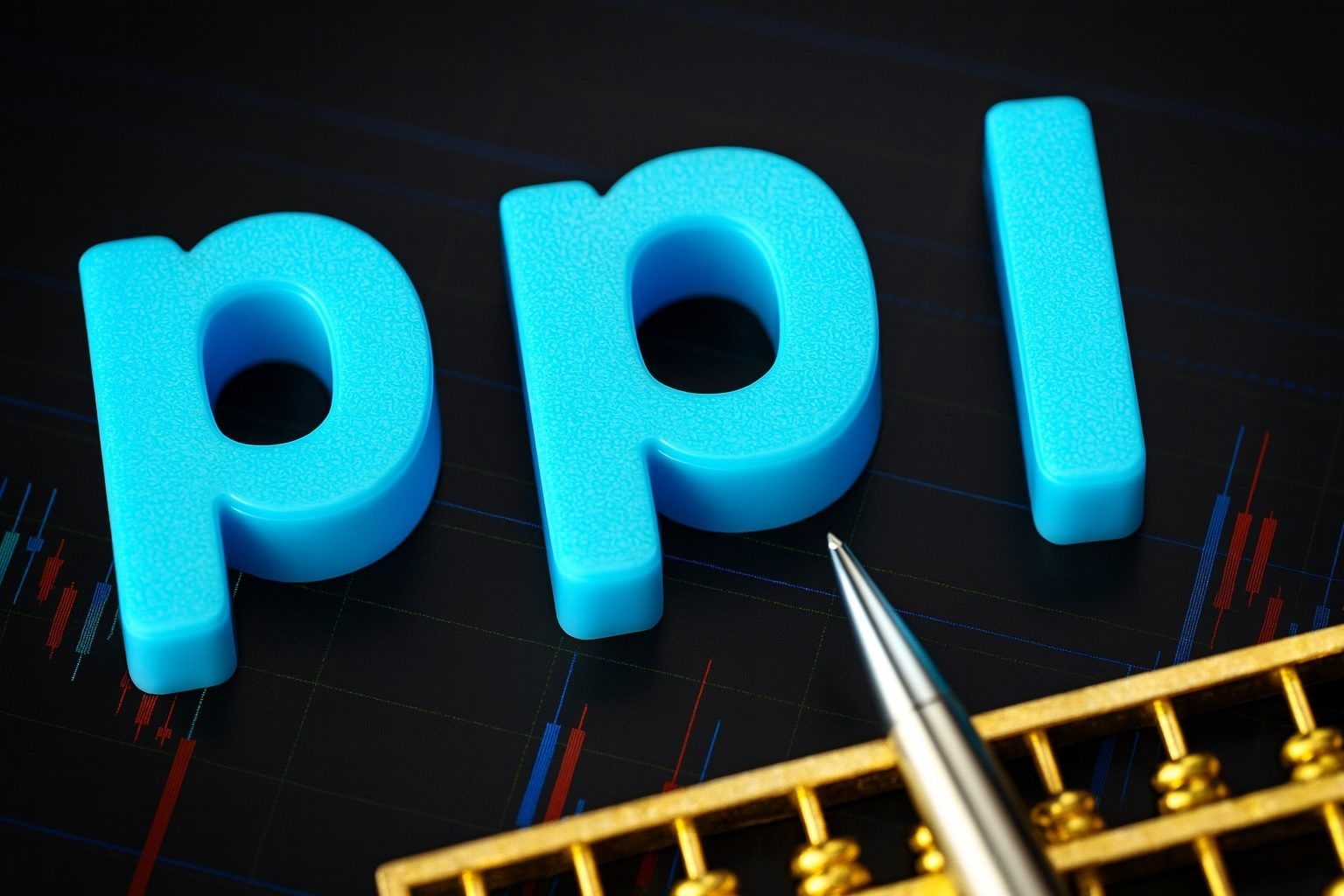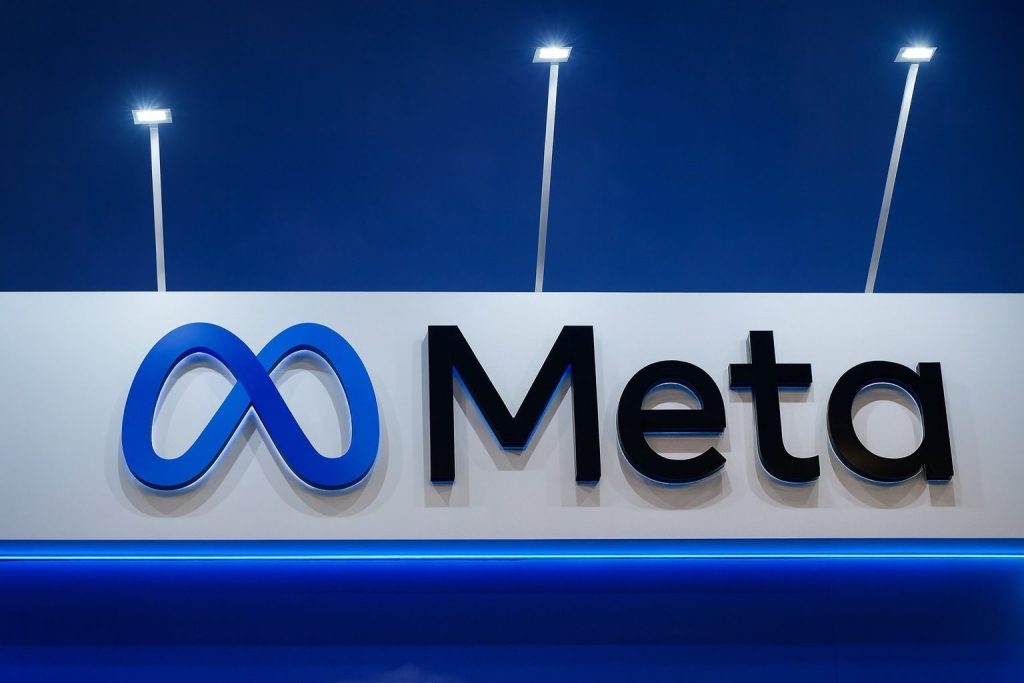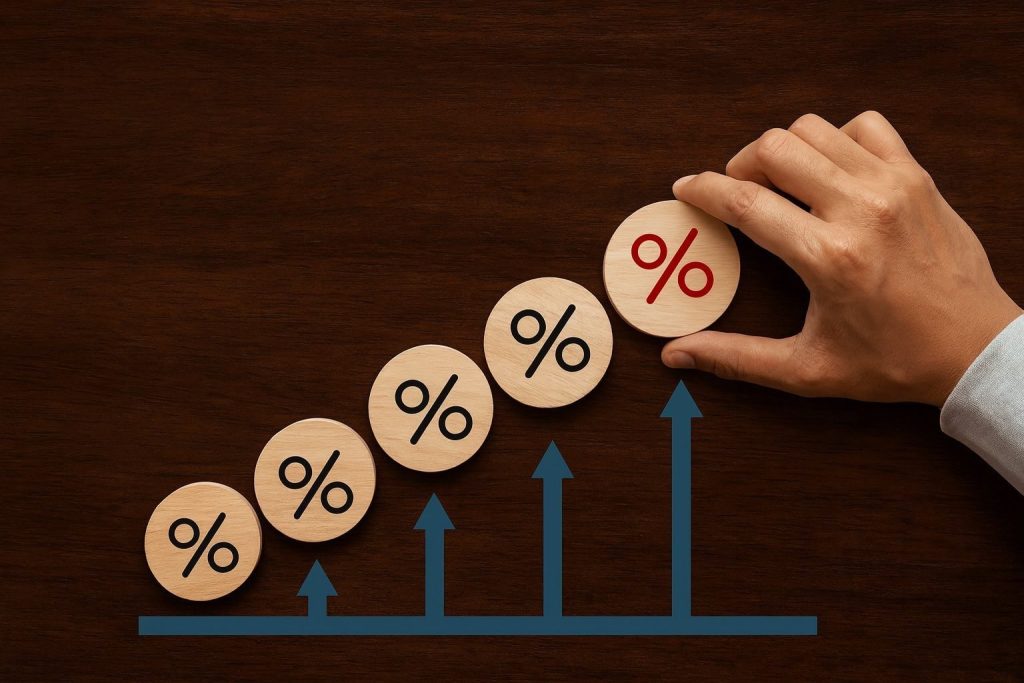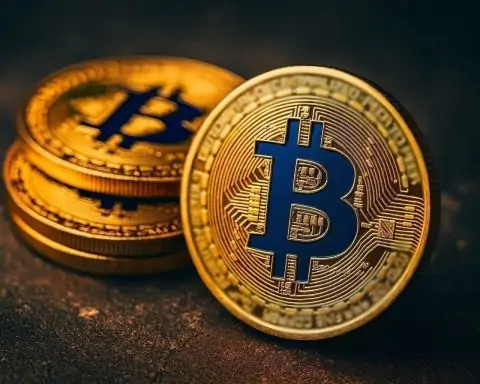The long-delayed September 2025 US Producer Price Index (PPI) rose 0.3%, driven by higher energy costs, while core wholesale inflation stayed tame. Here’s what today’s report means for the Federal Reserve, markets, and the broader inflation outlook.
Headline numbers: wholesale inflation heats up, but not too much
The US government finally released its shutdown-delayed September Producer Price Index (PPI) this morning, giving investors and policymakers a fresh – if somewhat stale – look at wholesale inflation trends.
According to the Labor Department’s Bureau of Labor Statistics (BLS), the PPI for final demand rose 0.3% in September, seasonally adjusted, after a 0.1% decline in August and a 0.8% jump in July. On a 12‑month basis, producer prices were up 2.7%, matching the annual increase recorded in August. [1]
Behind that headline:
- Final demand goods prices climbed 0.9% in September – the biggest monthly increase since February 2024.
- Final demand services prices were flat, after falling in August. [2]
The BLS said roughly two‑thirds of the rise in goods prices came from energy, where costs jumped 3.5%. Food prices at the wholesale level rose 1.1%, while prices for goods excluding food and energy increased a modest 0.2%. [3]
That mix – an energy‑driven headline, but more restrained underlying moves – is exactly what many economists had expected. Reuters notes that the 0.3% monthly gain was in line with forecasts, confirming that there were no big surprises lurking in the data. [4]
Energy costs do the heavy lifting
Today’s report makes clear that energy is doing most of the work in pushing producer prices higher.
The surge in final‑demand energy prices mirrors what households saw at the gas pump earlier this autumn. September’s consumer price index (CPI) report showed gasoline prices climbing just over 4% on the month, even as overall consumer inflation came in slightly softer than expected. [5]
At the producer level, the BLS highlights energy goods as the main driver of the 0.9% jump in overall goods prices. [6] Reuters similarly reports that producer goods prices posted their strongest increase since early 2024, with energy accounting for roughly two‑thirds of the move. [7]
This combination of:
- stronger energy prices,
- modest gains in other goods, and
- flat services inflation
suggests that the latest inflation pressure is still heavily concentrated in volatile categories, rather than signaling a broad-based reacceleration.
Core PPI remains tame, supporting the “moderating inflation” story
For the Federal Reserve and markets, core measures of producer inflation matter more than the volatile headline number.
The BLS’ preferred underlying gauge – PPI excluding food, energy and trade services – rose just 0.1% in September, after a 0.3% increase in August. Over the past 12 months, this “core” PPI measure is up 2.9%. [8]
MarketWatch, which described wholesale inflation as “fairly tame” in coverage of today’s release, notes that this mild 0.1% core increase is unlikely to alarm Fed officials. [9]
Put simply:
- Headline PPI (including energy) → firmer, at 0.3% month‑on‑month.
- Core PPI (excluding food, energy, trade) → still subdued, at 0.1% month‑on‑month and under 3% year‑on‑year. [10]
That profile is broadly consistent with consumer inflation data for September, where overall CPI rose 0.3% on the month and 3.0% over the year, with “core” consumer inflation also running at about 3%. [11]
For a central bank trying to guide inflation back toward 2% without crashing the economy, “drifting down, not collapsing” is exactly what it wants to see.
A historic government shutdown still haunts the data
If the September PPI numbers look old, that’s because they are.
The BLS explains that the release of the September 2025 PPI was delayed by more than five weeks due to the 43‑day federal government shutdown. Although data collection had been completed before funding lapsed, staff were not allowed to finish processing and reviewing the figures until appropriations resumed. [12]
This is not the first inflation report to be pushed off schedule:
- The September consumer price index was also delayed, though it was eventually released in late October specifically so the Social Security Administration could calculate 2026 cost‑of‑living adjustments for beneficiaries. [13]
- In contrast, the Labor Department has said it will skip the October inflation report altogether, citing the inability to retroactively gather prices during the shutdown – a decision highlighted in recent coverage by Al Jazeera. [14]
Earlier this month, the BLS also announced that September import and export price indexes would not be published until December 3, another sign of the backlog caused by the shutdown. [15]
The result: the Fed now has to make its December policy decision while “flying with fewer instruments”, relying on a patchwork of delayed reports, partial data and private-sector indicators.
The last major inflation print before the Fed’s December meeting
Despite its age, today’s PPI release is important because it’s effectively the last major inflation data the Federal Reserve will see before its mid‑December meeting, where policymakers are debating whether to deliver another interest‑rate cut.
MarketWatch describes the PPI report as “the last piece of inflation data the Federal Reserve will see before its pivotal December meeting”, and argues that it is unlikely to fundamentally change the policy debate. [16]
Reuters also reports that the odds of another rate cut have risen in recent days, boosted both by softer September inflation readings and dovish commentary from Fed officials. [17]
According to a summary of market pricing reported today:
- Traders now assign around an 80% probability of a December rate cut, up sharply from roughly 40% a week ago, based on CME’s FedWatch tool. [18]
Because PPI came in exactly as expected and core wholesale inflation remains moderate, the report reinforces rather than challenges the narrative that:
- Inflation is still above the Fed’s 2% target,
- but is moving gradually in the right direction, and
- the central bank has room to trim rates as growth and the labor market cool.
How markets are reacting
With no big surprise in the data, market reaction has been steady rather than dramatic:
- Gold prices extended recent gains and touched their highest level in more than a week, as investors continued to bet on lower interest rates after dovish Fed remarks and today’s in‑line inflation data. [19]
- US stock index futures were described as “wobbling” rather than surging in premarket trading, as investors weighed the PPI figures alongside shutdown‑delayed retail sales data. [20]
The broader message from the screens: PPI did not shock anyone, so markets are still trading mostly on expectations about the Fed and on incoming data about growth, spending, and jobs.
What this means for businesses
For companies, the September PPI report is both a warning and a relief.
The warning:
Energy and some food inputs are getting more expensive at the wholesale level:
- Energy goods prices up 3.5% in a single month.
- Food prices up 1.1%. [21]
For manufacturers, shippers, and energy‑intensive industries, that raises questions about margins:
- Do they pass those costs on to customers and risk weaker demand?
- Or absorb them and accept lower profitability for a while?
Reuters notes that earlier this year, falling trade margins suggested some wholesalers were absorbing the cost of tariffs instead of fully passing them through – one reason consumer price inflation has stayed more moderate than many feared. [22]
The relief:
Outside energy and a handful of food categories, underlying price pressures look manageable:
- Core PPI up 0.1% month‑on‑month and 2.9% year‑on‑year. [23]
- Services prices overall were flat in September. [24]
That suggests most firms are not facing runaway cost inflation across the board, even if energy and certain commodities are more volatile.
What this means for consumers
The PPI measures prices that businesses receive, not what consumers pay directly. But over time, persistent increases in producer prices often filter through to the checkout line.
Key consumer takeaways:
- The latest PPI data does not signal a new wave of broad inflation, but it does hint at continued volatility in fuel and some grocery items, something many households have already felt. [25]
- The earlier September CPI release showed that, even with gasoline jumping, overall consumer inflation remained moderate enough for the Fed to keep cutting rates. [26]
Meanwhile, that September CPI report – though also delayed by the shutdown – has already been used to calculate a 2.8% Social Security cost‑of‑living adjustment (COLA) for 2026, providing a modest boost to millions of retirees next year. [27]
For now, today’s PPI should not dramatically change consumers’ expectations: inflation is no longer surging, but it isn’t back to the pre‑pandemic norm either.
The bigger picture: inflation, tariffs and a data‑starved Fed
Today’s PPI release underscores three big themes:
- Energy remains a swing factor.
Higher fuel costs continue to drive much of the month‑to‑month movement in both producer and consumer prices. - Tariffs and trade tensions are still in the background.
Reuters notes that some of the increase in producer prices reflects firms passing on tariffs on imported goods, even as others still absorb some of those costs. [28] - The Fed is operating with less data than usual.
With the shutdown causing delays and outright gaps in key reports – including the cancellation of the October inflation release – policymakers are relying more heavily on partial information and surveys as they approach their December decision. [29]
Taken together, the data released on November 25, 2025 reinforce a nuanced picture:
- Inflation at the wholesale level is not spiraling, especially once volatile categories are stripped out.
- Short‑term price spikes in energy and some foods remain a source of discomfort for businesses and consumers alike.
- And barring a major shock from upcoming growth or labor reports, today’s PPI is unlikely to stop the Federal Reserve from at least considering another rate cut in December – even if some officials remain uneasy about declaring victory over inflation too soon. [30]
For now, the September producer‑price report is best seen as confirmation, not revolution: confirmation that the US is moving off last year’s inflation peaks, but still living with pockets of price pressure and an unusually noisy economic backdrop.
References
1. www.bls.gov, 2. www.bls.gov, 3. www.bls.gov, 4. www.reuters.com, 5. www.reuters.com, 6. www.bls.gov, 7. www.reuters.com, 8. www.bls.gov, 9. www.marketwatch.com, 10. www.bls.gov, 11. www.reuters.com, 12. www.bls.gov, 13. www.reuters.com, 14. www.aljazeera.com, 15. www.reuters.com, 16. www.marketwatch.com, 17. www.reuters.com, 18. www.reuters.com, 19. www.reuters.com, 20. uk.finance.yahoo.com, 21. www.bls.gov, 22. www.reuters.com, 23. www.bls.gov, 24. www.bls.gov, 25. www.reuters.com, 26. www.reuters.com, 27. www.theguardian.com, 28. www.reuters.com, 29. www.bls.gov, 30. www.marketwatch.com










